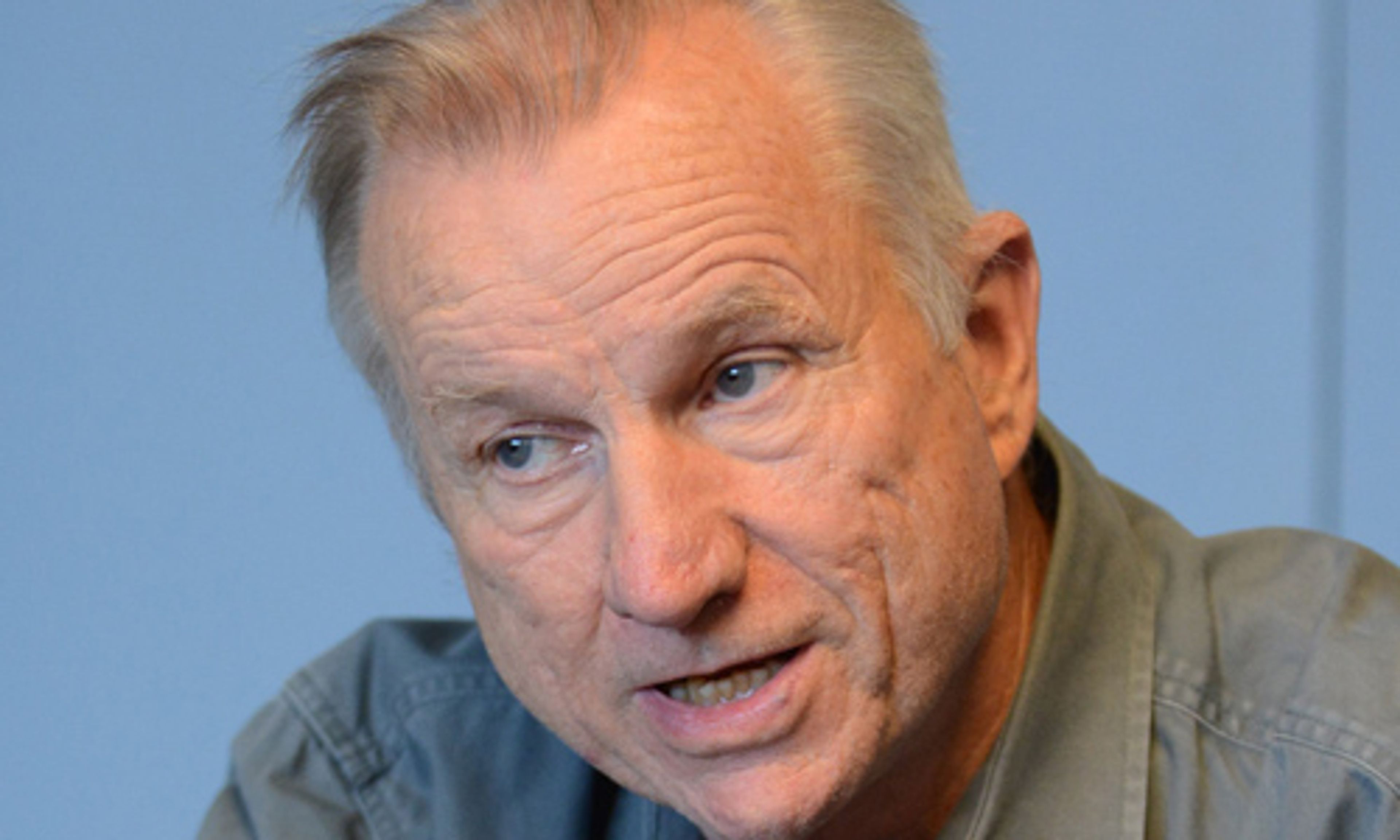OPINION: Why cut taxes when you can invest in schools?
Editorial: The Tribune’s Opinion
Say this much for Idaho’s Republican lawmakers:
They’re predictable.
Get a little money ahead and their knee-jerk reaction is to lower taxes.
Case in point: House Assistant Majority Leader Jason Monks, R-Meridian, has outlined a $400 million tax cut — half of it in a one-time rebate, the rest in a permanent income tax rate reduction.
That’s on top of a $383 million tax break lawmakers already approved this year.
On the eve of next year’s reelection campaign, lowering taxes makes for good politics.
Sure, the money is available today. But what about the years ahead?
Idaho lawmakers have repeatedly cut taxes in good times, only to leave the state gasping for resources when the economy slows.
Less than two years ago, a worried Gov. Brad Little looked over the economic landscape and imposed a $99 million holdback to the public schools budget and froze teacher pay in order to save almost $27 million.
Since then, Idaho’s tax coffers have exploded. So, presumably, you could cut $400 million in taxes next year — unless you’re wondering about what’s generating the state’s economic juggernaut for the long term.
How much of it stems from federal COVID-19-related stimulus packages plus an infrastructure bill?
What happens after that money has flowed through the economy?
And how much longer can Idaho count on its housing boom?
Consider J.R. Simplot Co. President and CEO Garrett Lofto’s comment to the Associated Taxpayers of Idaho conference last month: “About six months ago, we were recruiting for a very high-level position in our company. We were recruiting somebody from California. ... They said, ‘You know what? Meridian, Idaho, is too expensive for me to live. It’s better for me to stay in California.’ ”
An anecdote like that makes you question the stability of Idaho’s real estate bonanza.
The state’s resources are not infinite. If you take $400 million away, that leaves less for public schools, higher education and other programs.
For instance, just covering a 4 percent increase in the cost of doing business would require the state to come up with $200 million. But inflation is running closer to 7 percent.
Matching last year’s increases in public education spending would require more than $75 million. Even at that, the state has yet to fully recover from the losses imposed upon schools during the Great Recession of 2008-09.
Relieving the pressure on homeowners to prop up the state’s inadequate public school appropriation would cost another $216.6 million, to say nothing of the property taxes they pay to build new schools to meet the state’s expanding population.
Moving the state above last place in the nation in terms of per pupil expenditures would require far more — literally hundreds of millions of dollars.
Then there’s early childhood education. Idaho is one of a handful of states that provides nothing for it.
The price of funding universal all-day kindergarten is pegged at more than $40 million.
And if the state is allocating dollars in more tax cuts, that money won’t be available to address Idaho’s shortage of affordable housing, its need for updated water and wastewater treatment systems or remedies for its increasingly congested transportation network.
It’s all part of a familiar pattern in Idaho.
Would you really be all that surprised to see it play out again? — M.T.








